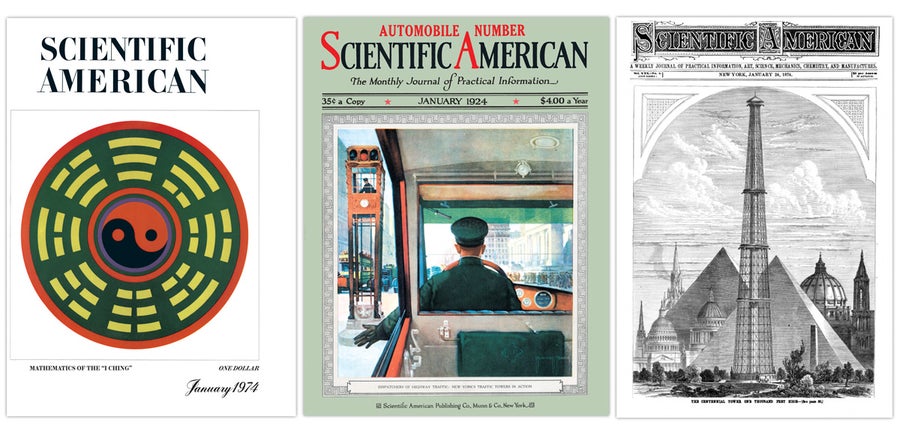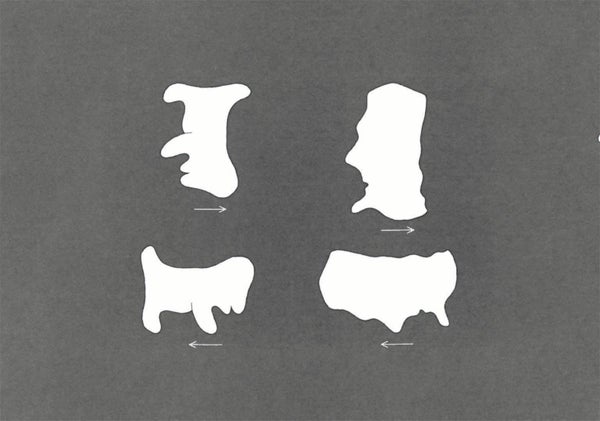1974
Sleep Potion Boots Delta Waves
“Experiments dating back as far as 1913 have pointed toward a natural sleep potion in the body fluids of an animal that induces sleep when it is injected into another animal. Such a factor has now been partially characterized by a group at the University of Basel. They call it ‘sleep-factor delta’ because it promotes the production of delta waves, the long, slow brain waves characteristic of light sleep.”
On supporting science journalism
If you're enjoying this article, consider supporting our award-winning journalism by subscribing. By purchasing a subscription you are helping to ensure the future of impactful stories about the discoveries and ideas shaping our world today.
Scientists still consider sleep-factor delta, now called delta sleep-inducing peptide, to be a leading sleep regulator.
1924
Top Speed Limit: 35 Miles Per Hour
“Every state, almost, has a general speed limit on the open road. Some states name a figure not to be exceeded under any circumstances. Others set a figure related to reckless driving; if you drive faster than this and have a smash, it is up to you to prove that you were not reckless. Two states, Maine and Maryland, have both: more than 25 miles per hour establishes prima facie evidence against the driver, and more than 35 is categorically prohibited. In all other states, the driver has to read the book to discover whether the speed limit is absolute or prima facie. Five states specify 25 miles, sixteen name 30, and nine 35. As extremes, we have 20 in Massachusetts and 40 in Kansas. Three states ask for a ‘reasonable and proper’ speed, without stating any numerical limits. In overtaking a car ahead, the faster we move and the quicker we get it over with, the less road is it necessary for us to preempt. So Virginia requires that an illegal speed can be maintained for an eighth of a mile before it becomes an offense; Delaware, Massachusetts, Minnesota and New Hampshire give the driver a quarter-mile grace; while Florida, Louisiana and Missouri allow a driver to burn up the road for a half-mile before the speed becomes a matter for police interference.”
Chunnel Plan
“The English Channel tunnel project is kept alive by its promoters, although the British government persists in refusing to grant the necessary authority, for national and strategic reasons. The material to be encountered for the entire distance is very favorable, being a deep bed of chalk infiltrated with clay. With the boring machine designed for this work, a heading 12 feet in diameter can be driven at 120 feet per day, and two machines started at opposite ends should meet in less than three years. Completion of the concrete-lined tunnel is estimated at 4½ years. With present prices the cost is estimated at $145,000,000.”
Plans for a tunnel were made numerous times beginning in 1802, but one was never achieved until 1994, when Eurotunnel, now Getlink, opened the Channel Tunnel, quickly dubbed the Chunnel.
1874
My Farmland for Your Magazines
“One of our esteemed subscribers says that he has taken the Scientific American regularly for the past 25 years, and has the volumes all bound. He was recently offered a farm of 160 acres of land, free and clear, in exchange for these volumes, but declined the trade. He has derived great benefit from the volumes, and holds them to be of more value to him than many hundred acres of farming land.”
Not Dead Yet
“The late Marquis d'Ourche, one of whose friends was buried alive, left a sum of 20,000 francs ($4,000) to the French Academy of Medicine, to be given to the inventor of a simple process of ascertaining when death has really occurred, and a further sum of 5,000 francs for discovery of a scientific method of verifying death. Altogether 102 essays were sent in. Most contained such absurd suggestions that the list was cut to 32. The large prize was not awarded, but the 5,000 francs were divided between four competitors. No new facts, likely to enlarge the domain of forensic medicine, have been elucidated by these investigations.”
Marshmallow Plates
“Gypsum mixed with 4 percent of powdered marshmallow root will harden in about one hour, and can then be sawn or turned, and made into dominoes, dice and so on. With 8 percent of marshmallow, the hardness of the mass is increased, and it can be rolled out into thin plates, and painted or polished.”

